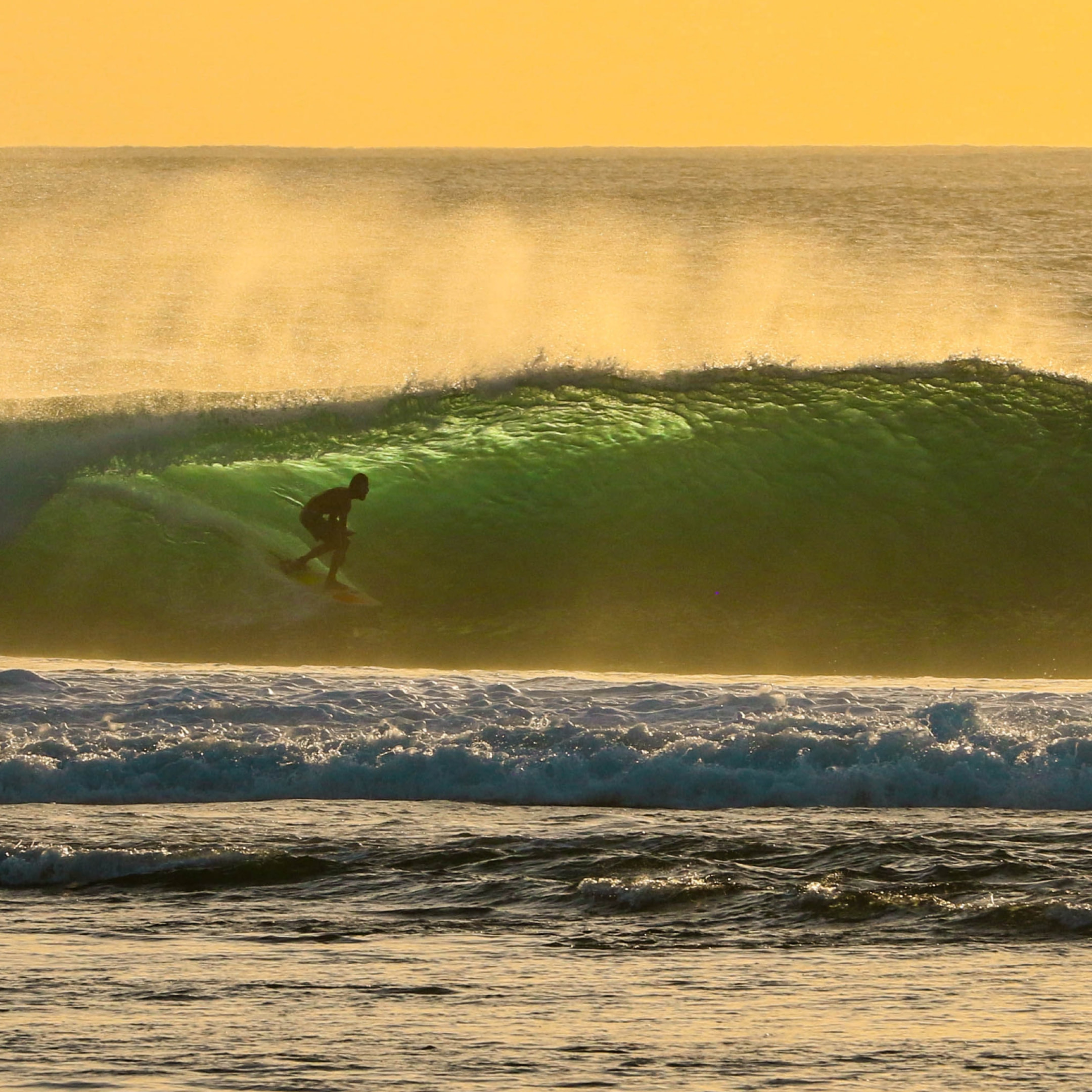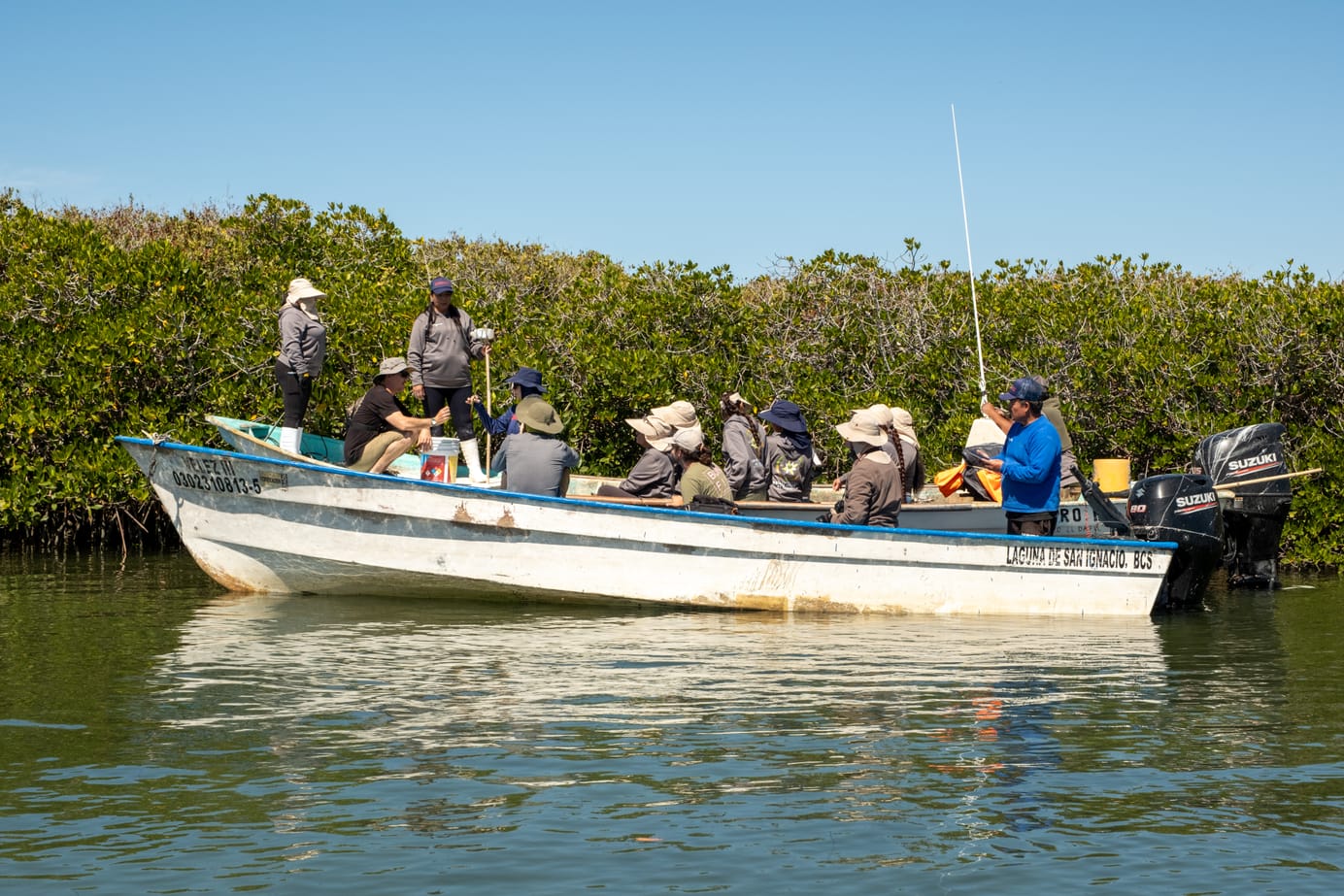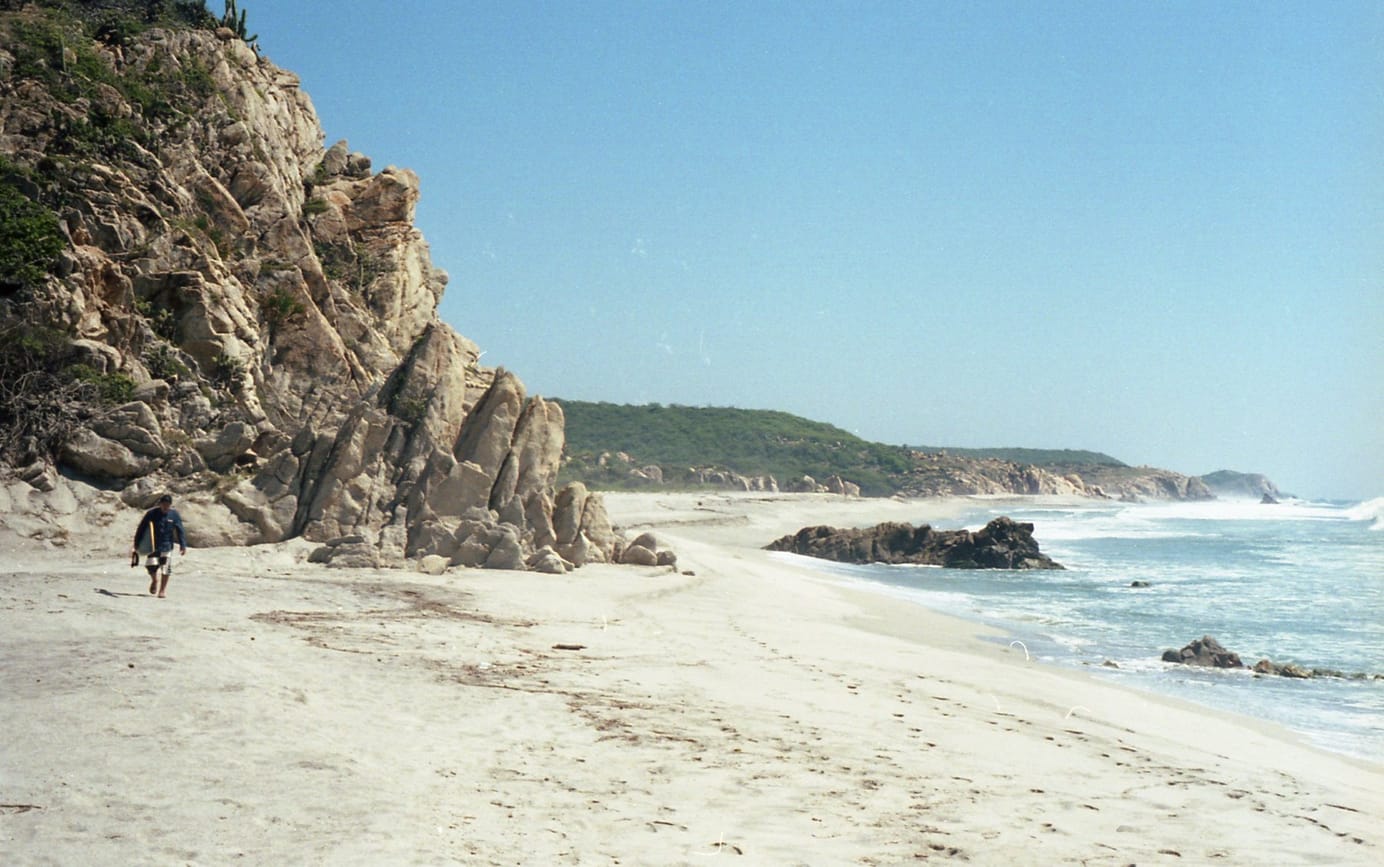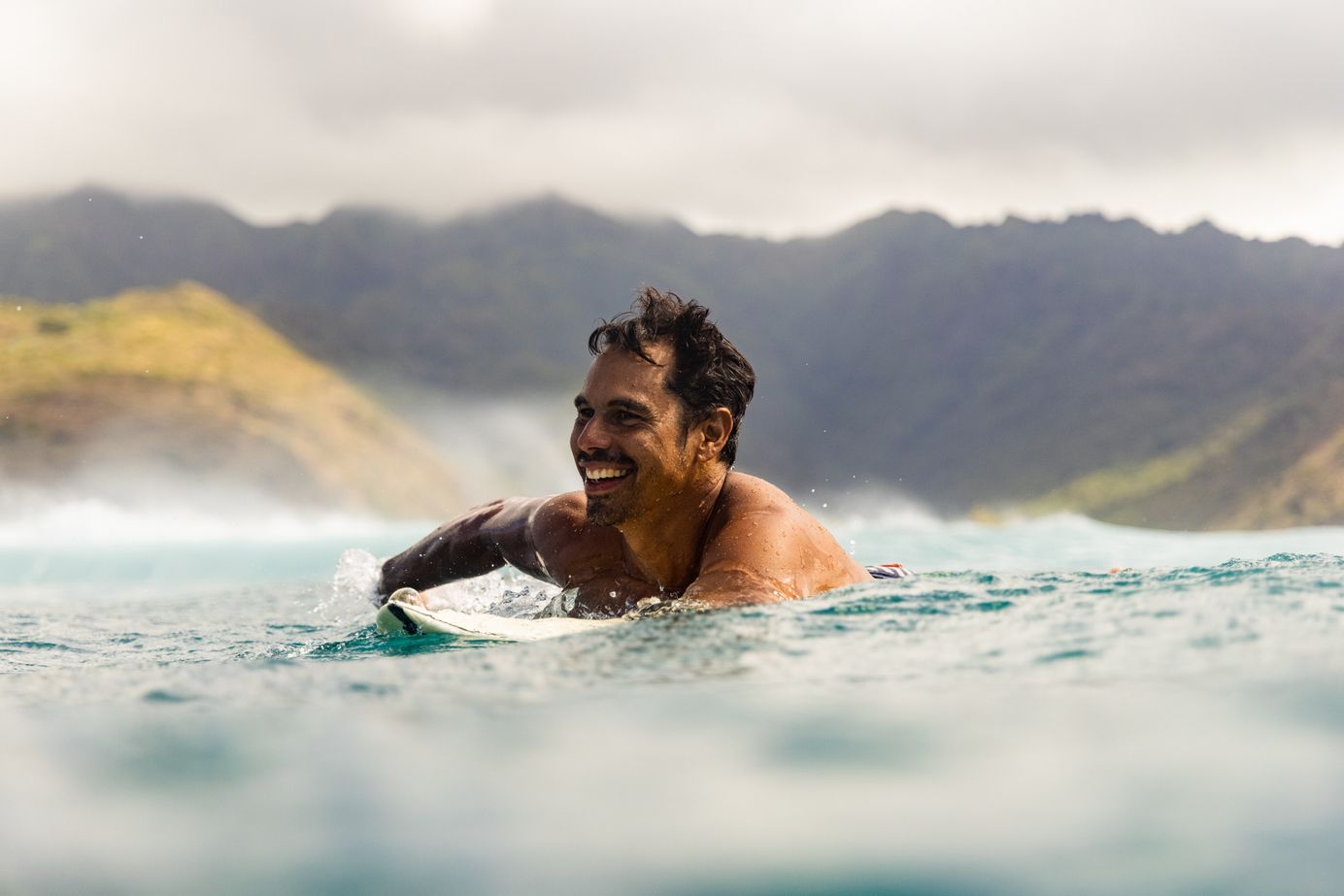
Coastal Guardians: Kahi Pacarro
An interview with Hawaiian resident Kahi Pacarro, Director of the Pacific Ocean at Parley and Founder of Sustainable Coastlines Hawaii.
Coastal Guardians is a reoccurring column focused on men and women around the world known for a surf break or coastline—and their passions to protect it for future wave riders.
Thermal: What was it that sparked your work with cleaning up beaches and caring for the ocean?
Kahi: My journey towards giving a damn about the ocean happened while traveling the world. About 12 years ago, I went on a two-year round-the-world trip with my wife, kind of like an endless winter type thing. We went to 26 different countries in the span of 18 months, I started with six surfboards, and by the end, had four. We just more or less checked off the boxes of the world's best waves and along the way got local knowledge to take us to even more. The goal was to more or less have that trip of a lifetime. And we did.
But what we quickly started realizing was that a lot of these waves that we dreamt about, you're only seeing the picture from the land looking in, and you don't get to see the images of the town or the raw land that is being affected by people just like me. I quickly realized that as a traveling surfer, I was actually having a detrimental impact on the places that I love so much. The way we were living our lifestyle was causing the destructions of these places that I dreamt about. So, it was just this big wake-up call where it was like, Okay, if I'm going to travel, I need to travel better. I need to be more responsible.
So, you made some changes?
I think that you can't make a change until you first realize there's a problem. It was really traveling with this recognition that I am privileged to be in this position that I am in, and I've got to do what I can to mitigate my negative impacts on these areas so that others can enjoy them. And, where possible, help, volunteer, uplift and give opportunities to the locals of that area. So we just reframed the way that we traveled, having less impact, investing more in the community, figuring out what community groups, what they were doing, and if there was an opportunity for us to volunteer. Also, learning the local language in some capacity.
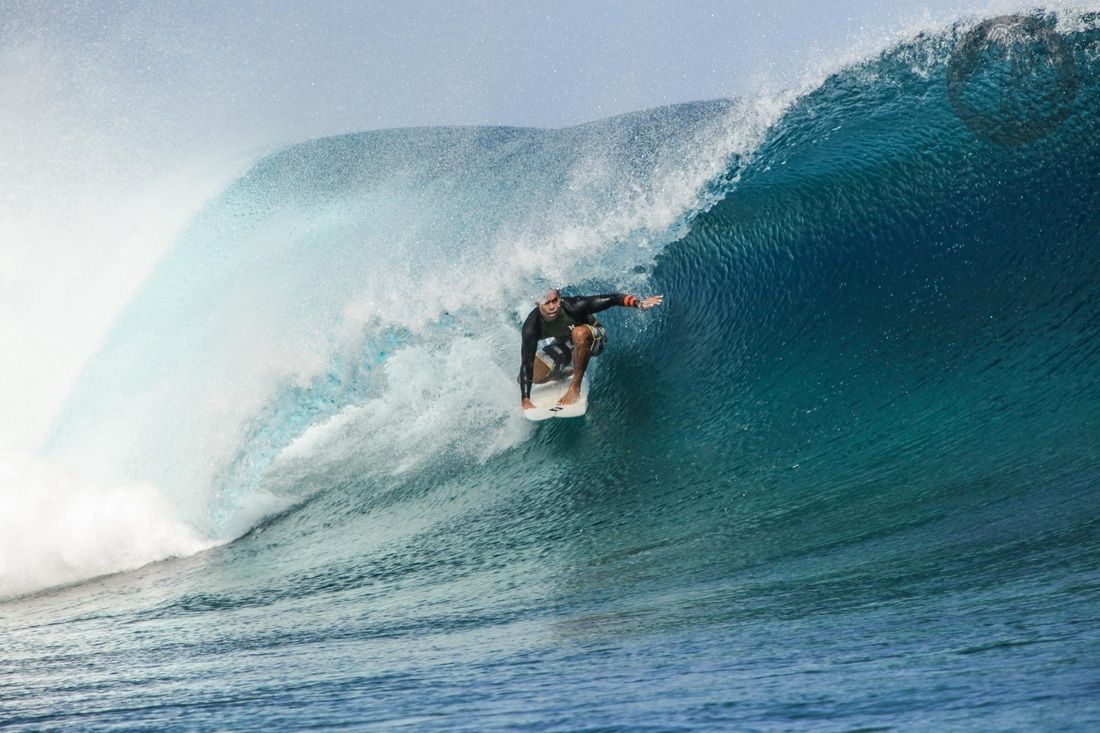
Awesome. And then how’d you arrive at Sustainable Coastlines?
At the end of the 18 months, we were back in Hawaii. While we were traveling we volunteered with a group in New Zealand called Sustainable Coastlines. We made very good friends with the founders, Sam Judd and Camden Howitt, and they just happened to be coming to Hawaii for the first large-scale marine debris conference ever. So, they came, they went to this conference, and every day came back with more knowledge and shared it with us. They even organized a beach cleanup in collaboration with Kokua Hawaii Foundation. Over a hundred people showed up. To see that many people come out to clean a beach, we were just like, "How the hell did you do that? You guys aren't even from here!”
They taught me the power of collaboration and the power of networking, and most importantly, the power of making things fun. That was really the key to our success. A couple days later, we were walking the beach in Kailua and they were like, "Look at your feet." And when I looked closer, I saw tiny flecks of red and blue and green and white and black and I'd never really thought much about it. It was microplastics, the broken-up pieces of plastic that enter the ocean. That's when the light bulb went off. I’d traveled the world and myself, like probably 99% of people were blind to this pollution. Seeing it and having somebody point it out to me is what had me recognize this.
That was the aha moment that there's a problem here and I should work on figuring out how I can open the eyes to other people. I was like, "Hey, what do you guys think about us starting a Sustainable Coastlines Hawaii, and we'll just throw epic beach cleanups to raise awareness about plastic pollution?" And they're like, "We would absolutely love that." And that was the start. It kind of snowballed from there. We're hosting cleanups now on a monthly, sometimes weekly basis. We have an educational program that reaches over 10,000 kids in Hawaii alone. We also do virtual, so globally. Before COVID, our largest cleanup, we had over 1,600 people show up.
Amazing. And, now you’re at Parley for the Oceans…
What led me to Parley was Parley was there almost the whole time. In year three, they showed up and I think we're almost going on 10 years with that collaboration as well. What I do at Parley is I help with the global cleanup network, but I also work on helping Hawaii and really focusing on real solutions in Hawaii and providing that educational hub at the Bishop Museum which brings together nonprofits and community groups and underserved communities to talk about plastic pollution and climate change.
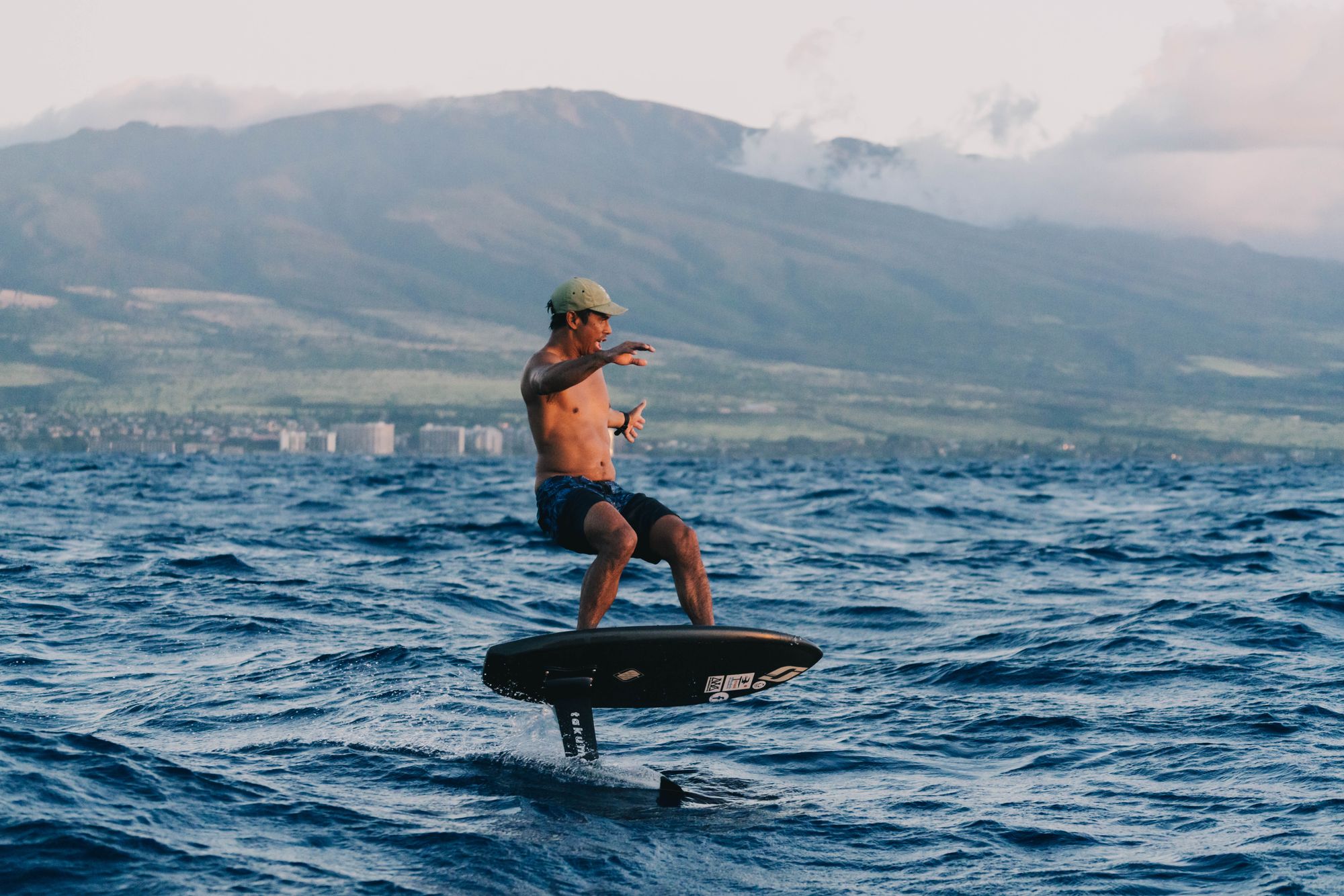
What are a few things that visiting surfers could do to respect a place like Hawaii?
It's congruent to whether you're a surfer or not. It's for any traveler, right? But, learn the basic history of where you're going and have compassion for the locals. Even though you paid a lot of money to vacation here, Hawaii doesn’t owe you anything. It's really just putting yourselves in the feet of others and it's not always about you. So, I think it's recognition, doing some preemptive history research, and then it's actual proactive traveling where you're working alongside the community to assist and volunteer. Basically, travel shouldn’t just be: take, take, take.
I think a lot of times people look at these oceans as these giant barriers between us, but they're actually bridges, right? You should stop looking at the oceans as a barrier, but as opportunities to connect us, because they do, right?
What do you love most about your home, or about this island?
What I love most about my home is the ocean. I don't feel good if I don't get into nature on a daily basis. Getting to immerse myself in the ocean, just jumping in and enjoying it—that's what I enjoy most about Hawaii. It's the ocean. I think a lot of times people look at these oceans as these giant barriers between us, but they're actually bridges, right? You should stop looking at the oceans as a barrier, but as opportunities to connect us, because they do, right? We rely on these oceans more than we can imagine.
Maybe it's the waves more than the ocean, because as a surfer, there's more than just the ocean, it's that energy, the ability to harness raw energy. I'm not really spiritual, but there's some type of connection between being able to ride a piece of energy and having it reverberate within you, that then provides you energy for the rest of your day.
Totally.
If I were given an opportunity to talk to the people that would be going on trips through Thermal, it would be, like: Go and travel. Learn the history, learn how you can be a positive impact on this area, and bring back the knowledge to help improve your lifestyle where you're from, so that you can preserve the places that you went to. There's this reciprocal opportunity to grow through travel, and it's a matter of not just going to a place to take what you're there to enjoy, but rather, to be a part of it and bring it home with you.
Plan your next surf trip
